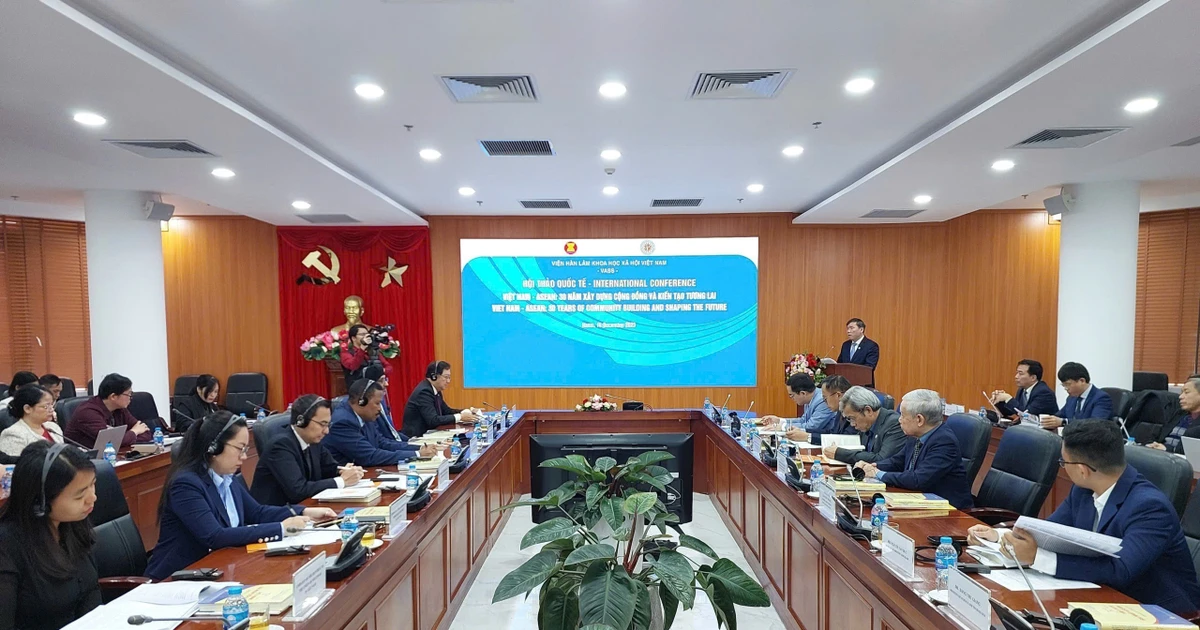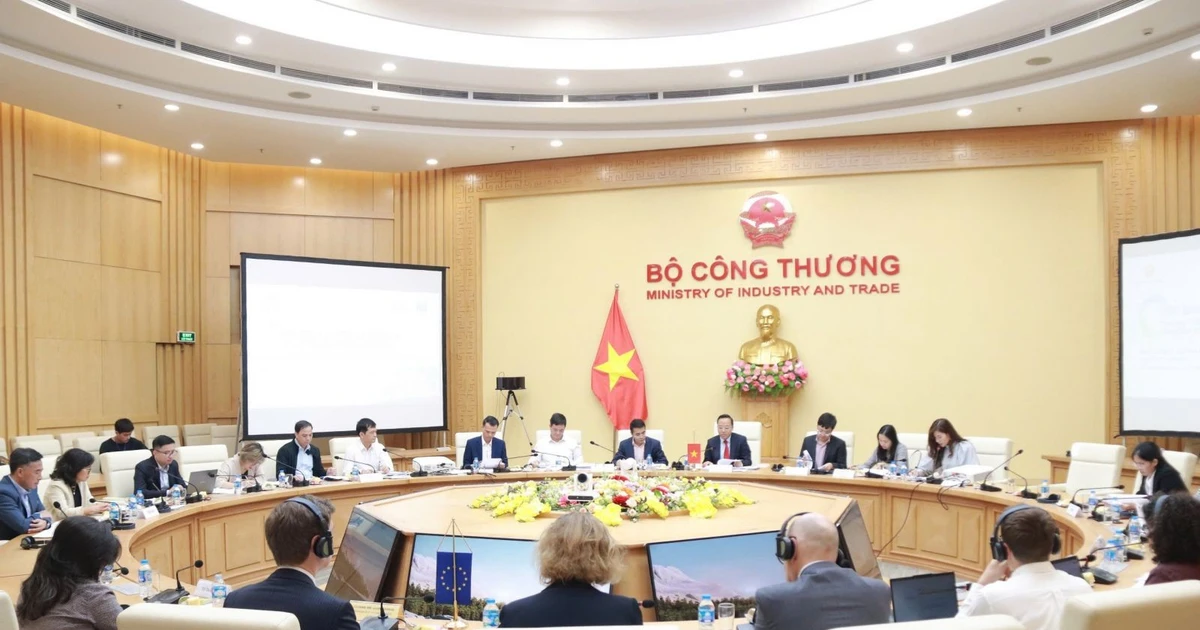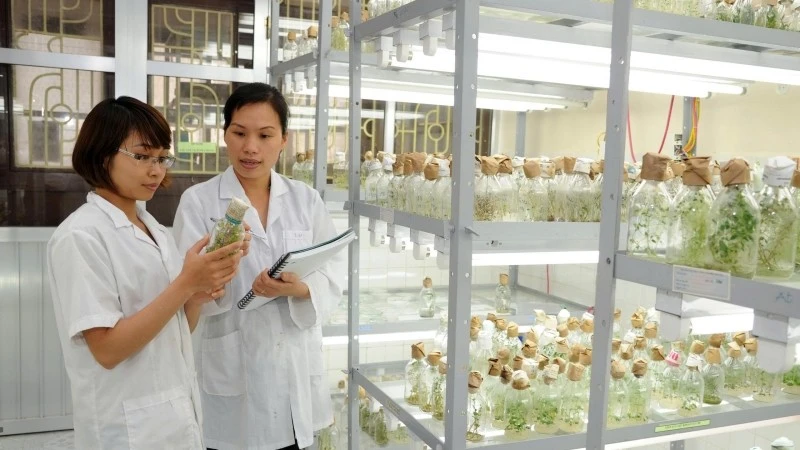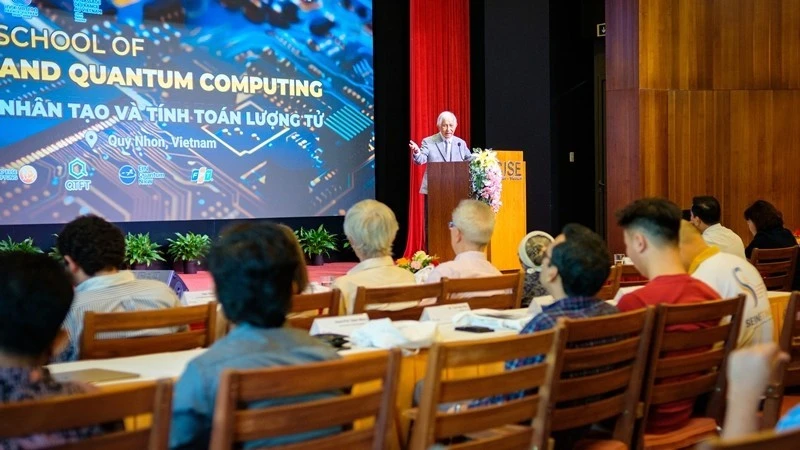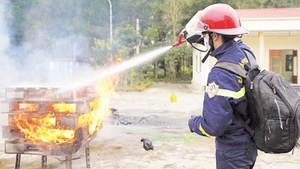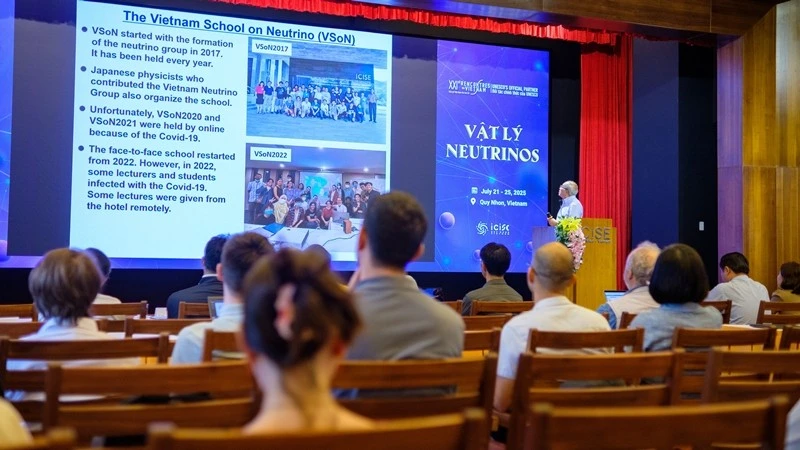As Viet Nam enters a new era, ambitious goals have been set for its higher education sector. By 2030, the country aims to have at least one higher education institution ranked among the world’s top 100 universities in specific fields.
At the same time, postgraduate enrolment is expected to rise to around 30% (with roughly 40% being doctoral candidates), while revenue from research and technology transfer activities should account for at least 35% of universities’ total income.
Despite significant investment policies, experts warn that higher education, particularly scientific research, technology, research and development (R&D), and innovation, continues to face numerous challenges that must be addressed promptly.

According to Tran Thi Anh Nguyet, Education Economist at the World Bank in Viet Nam, the shortage of postgraduate-qualified staff and research talent is a serious bottleneck. Currently, only about one-third of university lecturers hold a PhD, far lower than the near-100% rate at leading universities elsewhere in Asia.
Furthermore, the heavy teaching workload and limited research funding leave lecturers with little motivation or time to update curricula or conduct scientific research. Many also lack exposure to industry practice and international research, missing valuable opportunities to strengthen their expertise.
Nguyet added that Viet Nam’s higher education infrastructure has not kept pace with the demands of modern teaching and research. Many laboratories are outdated, and essential equipment remains insufficient in various academic programmes and research projects.

Experts also highlight the absence of national-level shared R&D facilities capable of hosting advanced experiments and pilot production.
At present, even the country’s leading researchers and scientists have virtually no access to world-class laboratories to prototype semiconductor chips or conduct biotechnology experiments in biosafety-standard environments.
At present, even the country’s leading researchers and scientists have virtually no access to world-class laboratories to prototype semiconductor chips or conduct biotechnology experiments in biosafety-standard environments.
This gap means many promising ideas cannot be tested or scaled up, hindering collaboration between universities and businesses.
Without substantial upgrades to physical and digital infrastructure, Viet Nam’s goal of establishing a world-class research and training environment will remain out of reach.

To elevate Viet Nam’s higher education and integrate it into the global system, Dr Doan Ngoc Xuan, Rector of Thu Dau Mot University (Ho Chi Minh City), stated that in the context of the nation’s aspiration to become a developed country, Vietnamese higher education must advance in tandem with national progress.
Resources should be concentrated on developing universities of higher quality and greater specialisation, with deeper international integration in their training programmes, while improving the quality of the teaching staff.
Dr Doan Ngoc Xuan,
Rector of Thu Dau Mot University
To achieve this, he proposed focusing investment on developing universities of higher quality and greater specialisation, with extensive international integration in curricula and human resource development.
Efforts should be directed towards attracting, training and offering appropriate incentives for lecturers and scientists; promoting English as a second language; and ensuring that State investment is concentrated in key institutions rather than spread thinly with limited impact.
At the same time, the university system should be restructured for greater efficiency, moving towards multi-disciplinary, inter-disciplinary and holistic training that delivers comprehensive value for learners, society and the country’s economic development goals.

Internationalisation should be strengthened, alongside high-quality joint programmes and expanded cooperation with organisations and countries, striving to elevate several Vietnamese institutions into the world’s top tier.
Meanwhile, the World Bank has proposed a strategic reform and investment package for Viet Nam’s higher education system in 2025–2030. The measures represent a large-scale initiative, requiring an estimated 12–17 billion USD over five years. Yet this investment, equivalent to around 2.5% of Viet Nam’s annual GDP, allocated gradually from 2026 to 2030, is still modest compared with regional benchmarks.
The scale is commensurate with the strategic importance of higher education and the expected benefits in high-skilled employment, innovation and economic growth.
Under the plan, roughly 60% of resources would be allocated to fixed-asset investments (modern facilities, laboratories, centres of excellence and upgraded digital infrastructure), while 40% would support ongoing programmes such as scholarships, research grants and operating costs.
The initial phase would focus on building infrastructure, while programme funding (for human resource development and research activities) would be sustained annually.

According to Nguyet, by reforming budget allocation mechanisms, developing human resources, upgrading R&D infrastructure and engaging the private sector, Viet Nam can establish a virtuous cycle in which educational quality improves, research, development and innovation advance, and contributions to the economy increase.
This strategy constitutes a decisive investment in Viet Nam’s future: building a world-class higher education system that serves as a driver of innovation, strengthens competitiveness and supports sustainable growth for decades to come.


